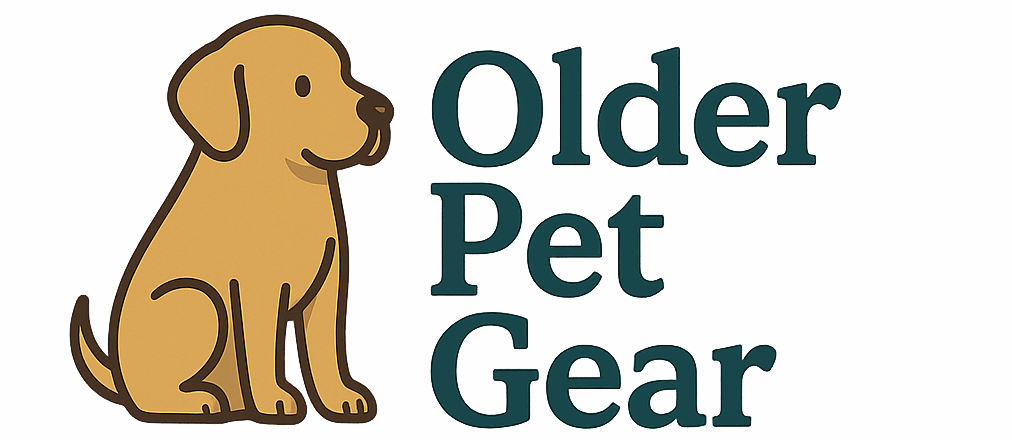
Recognizing the signs your senior dog is in pain can help you take action early and improve their comfort, mobility, and overall quality of life. Dogs are incredibly good at hiding pain. As pack animals, they often mask discomfort to avoid appearing vulnerable. But as your dog ages, subtle changes in behavior, posture, or habits can be signs that something deeper is going on.
If you have a senior dog, these are the key signs that may point to underlying pain — and why paying attention early can make all the difference. Below are five common signs your senior dog is in pain that are easy to overlook. Paying attention to the early signs your senior dog is in pain gives you a better chance to address problems before they get worse.
Common Signs Your Senior Dog Is in Pain:
1. Changes in Movement or Mobility
One of the most common signs of pain in older dogs is a shift in how they walk, lie down, or get up. You might notice your dog hesitating to jump onto the couch, struggling with stairs, or walking with a limp. These signs often point to joint discomfort, arthritis, or muscle stiffness.
What to look for:
- Slower walking
- Difficulty standing after lying down
- Bunny-hopping or favoring one leg
2. Sleeping More — or Less
Yes, senior dogs nap more, but if your dog suddenly starts sleeping a lot more than usual (or can’t seem to get comfortable enough to rest), pain may be the reason. Pain can make it hard to settle down, or cause exhaustion from dealing with discomfort throughout the day.
What to look for:
- Restlessness at night
- Sleeping in new, awkward positions
- Avoiding their usual sleeping spots
3. Personality or Behavior Changes
If your calm dog becomes irritable, anxious, or distant, pain might be the cause. Dogs can’t verbalize pain, but they do act out — especially if certain movements or interactions now cause them discomfort.
What to look for:
- Snapping or growling when touched
- Hiding more often
- Becoming less social or affectionate
4. Licking or Chewing a Specific Area
Dogs will often lick or chew at a spot that hurts — even if there’s no visible wound. It’s a self-soothing behavior and a big red flag that something inside may be bothering them.
What to look for:
- Constant licking of one paw or joint
- Chewing near hips, back legs, or spine
- Hair loss or irritated skin in one focused area
5. Loss of Appetite or Drooling
Pain can make dogs lose interest in food — especially if it hurts to move, chew, or even reach the bowl. Dental issues, stomach pain, or joint stiffness can all affect how much (and how happily) your dog eats.
What to look for:
- Refusing food or eating slowly
- Drooling more than usual
- Avoiding hard kibble or chewing on one side
When to Call Your Vet
Any of these signs on their own might not seem like much — but if you notice a pattern or sudden change, it’s worth checking in with your vet. Early intervention can help prevent worsening pain and improve your dog’s quality of life.
Final Thoughts
Your dog can’t tell you when they’re hurting — but they will show you. Small changes in mood, habits, and posture are often the first clues. By paying attention and acting early, you can help your senior dog stay comfortable, active, and happy for as long as possible. Understanding the signs your senior dog is in pain allows you to respond quickly and reduce unnecessary suffering.
If you notice the signs your senior dog is in pain, start by scheduling a vet checkup to rule out serious issues. From there, explore pain management options like joint supplements, orthopedic beds, gentle exercise routines, and ramps for mobility support. Acting early can prevent chronic issues and help your dog stay comfortable and active.
For more information, the American Kennel Club explains how to recognize pain in dogs.
If your dog struggles with pain while climbing, check out our guide to the best dog ramps for beds, cars, and stairs.
